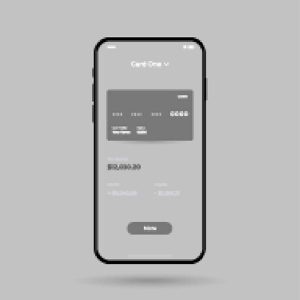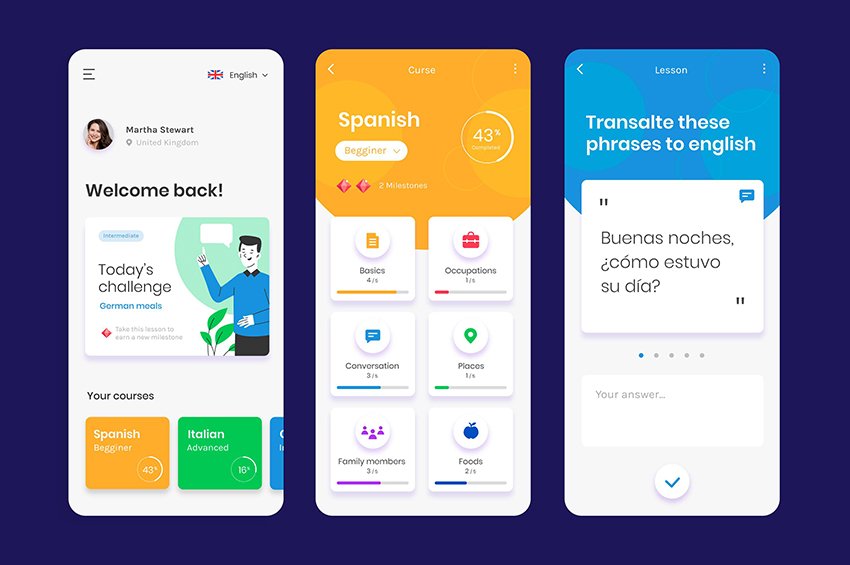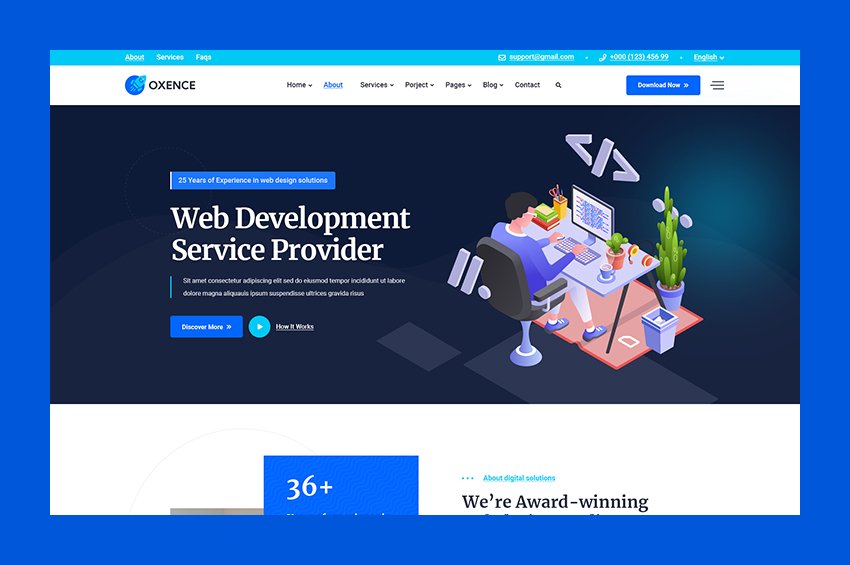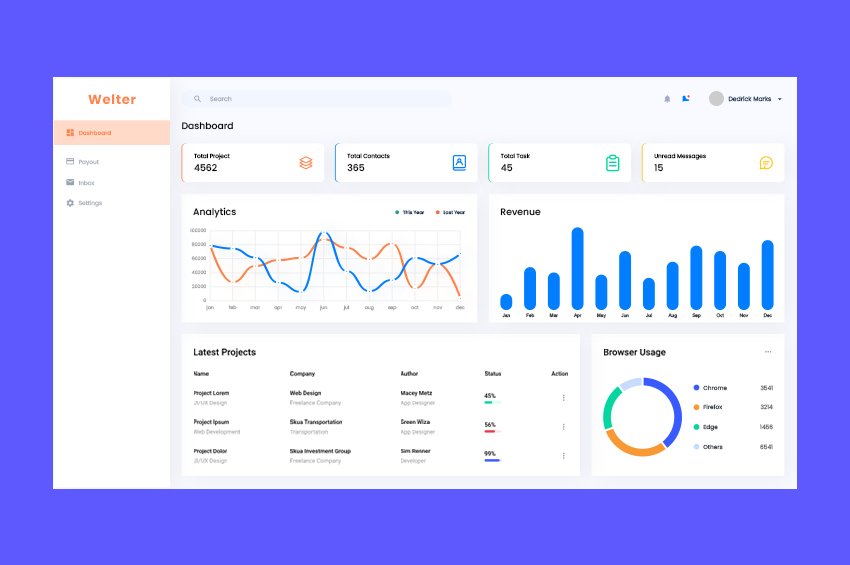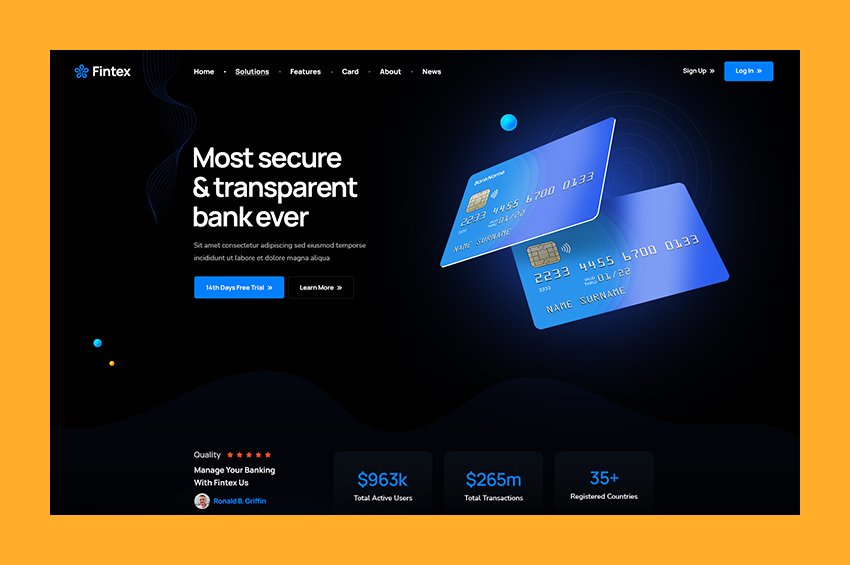No products in the cart.
Mobile Application
Project Details
Conducting a review of a mobile application project involves evaluating various aspects such as design, functionality, user experience, and alignment with project goals. Here’s a structured approach for reviewing your mobile application project:
Mobile Application Project Review
1. Objective Assessment
- Project Goals: What were the primary objectives of the mobile application? (e.g., user engagement, service delivery, information dissemination)
- Target Audience: Is the app tailored to the needs and preferences of your target audience?
2. Design Quality
- Visual Appeal: Is the design modern and visually appealing? Are colors, fonts, and icons consistent with the brand identity?
- Layout: Is the layout intuitive and well-structured? Are elements arranged logically to enhance usability?
- Responsive Design: Does the app function well on different devices and screen sizes? Is the mobile experience optimized?
3. User Experience (UX)
- Navigation: Is the navigation intuitive? Can users easily find what they are looking for?
- Onboarding Process: Is there a clear onboarding process for new users? Does it effectively guide them through the app’s features?
- Feedback Mechanisms: Are there ways for users to provide feedback or report issues? Is user feedback actively considered for improvements?
4. Functionality
- Performance: Does the app load quickly and run smoothly? Are there any performance issues that could affect user retention?
- Features: Are all intended features functioning correctly? Are there any bugs or glitches?
- Offline Functionality: Does the app provide any offline capabilities? How well does it handle connectivity issues?
5. Technical Execution
- Code Quality: Is the code well-organized and clean? Are best practices followed in the development process?
- Platform Compatibility: Is the app compatible with both iOS and Android platforms? Are there significant differences in functionality or design between the two?
- Security Measures: Are appropriate security measures in place to protect user data and privacy?
6. Market Research and Trends
- Industry Standards: Does the app adhere to current mobile design trends and best practices?
- Competitive Analysis: How does the app compare to similar offerings in the market? What differentiates it from competitors?
7. User Engagement and Retention
- Analytics: Is there a tracking mechanism in place to measure user engagement and retention rates? What metrics are being monitored?
- Push Notifications: Are push notifications used effectively to engage users without being intrusive?
- Updates and Improvements: Is there a plan for regular updates based on user feedback and analytics data?
8. Future Improvements
- Areas for Enhancement: Identify specific areas where improvements could be made (e.g., adding new features, improving user interface elements).
- Expansion Opportunities: Are there opportunities to expand the app’s functionality or target audience?
Recommendations
- User Testing: Conduct user testing sessions to gather insights on usability and areas for improvement.
- Regular Updates: Plan for regular updates to keep the app current with design trends and user needs.
- Feedback Loop: Establish a feedback mechanism for users to suggest improvements or report issues.
Conclusion
A successful mobile application should effectively meet user needs, provide a seamless experience, and achieve its intended goals. By assessing these components, you can identify strengths and areas for improvement, ensuring the app serves its purpose effectively.
If you have specific elements of the project you’d like to discuss further or need assistance with, feel free to ask!






